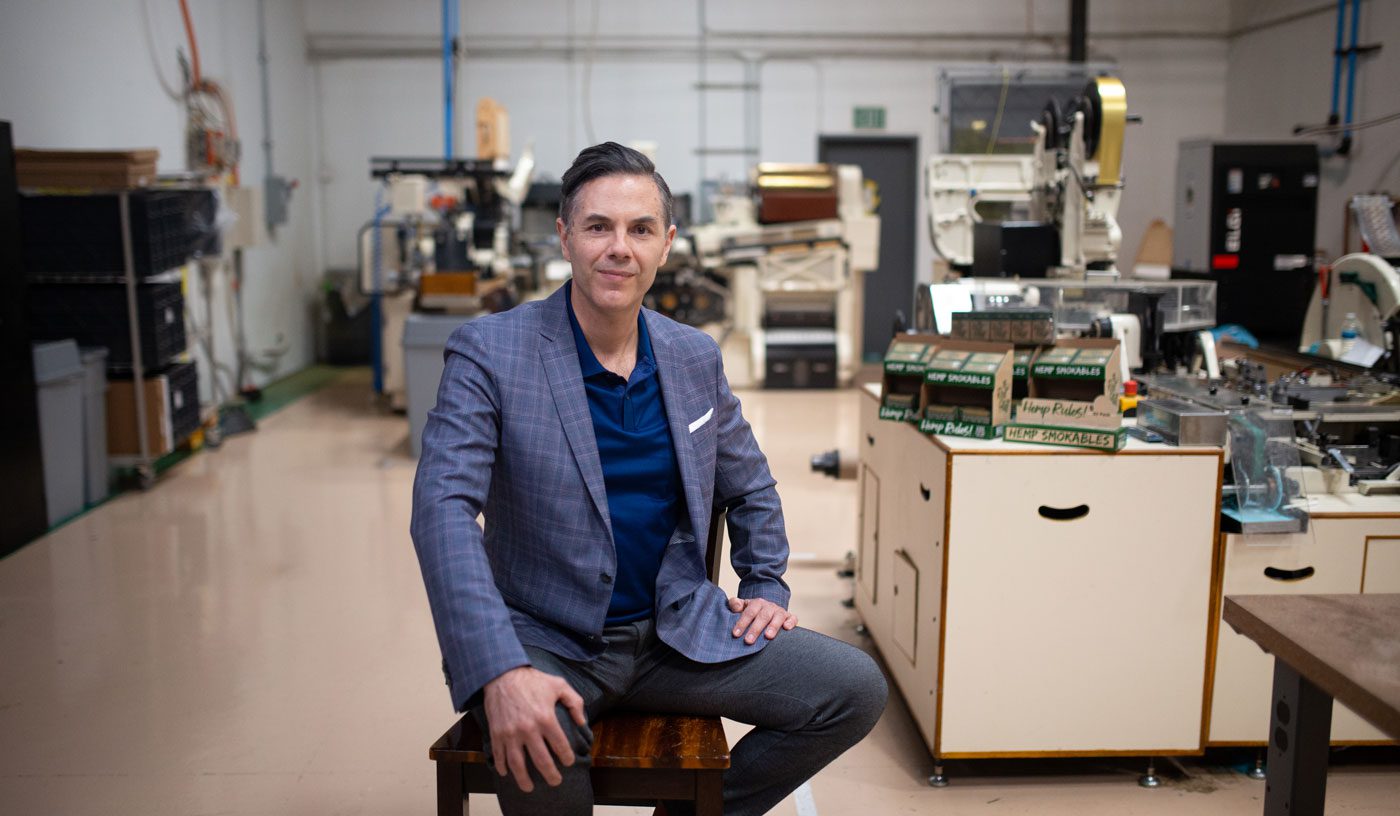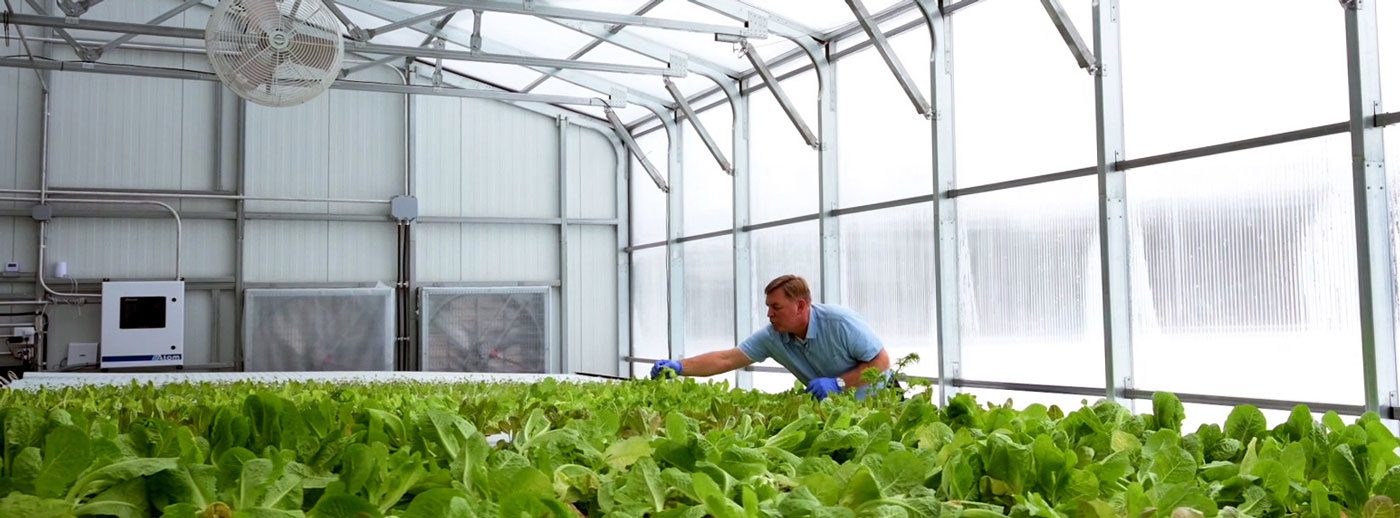Resource Innovation Institute (RII), the leading not-for-profit energy and water benchmarking organization, plays a crucial role in the cannabis industry, especially for those involved in cannabis farming. RII provides resource efficiency best practices tailored to controlled environment agriculture (CEA) producers within the cannabis farming and marketing sectors. In 2023, the institute anticipates a surge in the need for water efficiency, a critical factor for the sustainable growth of the cannabis industry. This demand is expected to drive resource conservation efforts, encouraging greater collaboration between cannabis producers. Furthermore, it emphasizes the importance of training and transparency in disseminating CEA best practices, vital for advancing cannabis marketing and cultivation strategies.
Water efficiency needs will drive resource conservation efforts.
The need for greater agriculture water efficiency and advancements in water circularity practices will generate increased enthusiasm for overall resource efficiency, advanced by a desire to create benchmarks and establish business models with measurable performance standards.
Benchmarking can validate most resource efficient approaches while highlighting the value of CEA. In fact, we are already seeing early findings that show the promise of CEA to save water which will be detailed in our upcoming KPI report. We all know that the path forward runs through efficiency but the business models need to be defined and refined. This is how CEA can continue to emerge as the way forward to save resources as an integrated part of the agriculture system. The Key Performance Report was presented to the USDA NRCS in spring. This report will provide baseline performance metrics for indoor and greenhouse farms.
Industry challenges create opportunities to focus on efficiency.
Challenges in CEA farming and cannabis industry cultivation will force many operators to examine their overall operations — and many will take the opportunity to regroup and focus on efficiency. Indoor vertical farms and cannabis cultivation struggled with a lack of access to capital in 2022, and the CEA sector in general has been impacted by inflation and the prospect of a coming recession. Many believe an industry shakeout is upon us, and those farms that begin to prove they are creating more resource-efficient practices will likely be more able to withstand the economic fall out.
Just like so many other industries today, these are somewhat turbulent times for CEA. Those producers that can take a broader look at their business and think about efficiency as an opportunity instead of a challenge will be stronger in the end. We believe the current economic climate offers an excellent chance for CEA operators to double-down on re-think and renew their efficiency practices.
Training and transparency will become top priorities in the industry.
The establishment and refinement of benchmarking and performance standards will propel interest in training and transparency in order to share knowledge and best practices across the industry. Of key concern will be how to ensure profitability while reducing use of critical resources, and how collaboration will be essential to achieving overall efficiency goals. The coming year will find more CEA operators implementing training programs.
“There is an education process needed as to how to implement efficiency best practices while actually doing the farming,” said Rob Eddy, technical director at RII. “But perhaps even more important is sharing information and training on how to design and construct resource-efficient CEA facilities. We need both on-the-ground training in how to grow as well as how to build facilities to achieve the most efficiency.”
2023 brings the opportunity to educate Farm Bill policymakers.
Due for reauthorization in 2023, the U.S. Farm Bill is a package of legislation that has a tremendous impact on farming livelihoods, how food is grown and what kinds of foods are grown. The law is updated and reauthorized every five years, and typically includes conservation and research agriculture issues among many other agriculture concerns. The reauthorization process offers CEA an excellent chance to educate policymakers on the important role CEA can play over the coming five years .
It is incumbent upon the industry for its own good to ensure that those involved in the Farm Bill’s reauthorization understand the implications of CEA. Industry leadership should shine a light on this sector to make it clear to policymakers how CEA helps create a more resilient agriculture future.
Derek Smith is executive director of Resource Innovation Institute (resourceinnovation.org). RII is an objective, data-driven non-profit organization whose mission is to measure, verify, and celebrate the world’s most efficient agricultural ideas to ensure resilient harvests for the next hundred years.

Jorge Olson on Trends in the Industry
We spoke with Jorge Olson, co-founder and CMO of two publicly traded companies, Hempacco and Green Globe International. Olson was born in Tijuana, Mexico, without running water or electricity, hurdling buckets of water across a block several times per day. Now, Olson is the author of business and inspirational books, as well as an authority on consumer packaged goods, beverages, and wholesale distribution. His partners are super-entrepreneur Sandro Piancone, Cheech and Chong, James Linsey, Rick Ross, and Snoop Dogg. Hempacco is partnering with Snoop Dogg to develop smokable hemp products, hemp paper, blunts, vapes, and edibles. Here are abridged answers to questions we put to him about the future of the industry.
For a long time, consumers wanted the high THC products, but now lean toward functional products that give them the effect that they want when they want it. Is that a trend that you see in the industry?
Absolutely. The number one trend that blew me out of the water was more Americans are smoking cannabis than are smoking tobacco. People want the same benefits without getting high or without getting high all of the time. Cannabis smokers are already familiar with the plant, so they are first adopters of CBD and other hemp-derived cannabinoids. Now with education, it’s our job to go after the non-cannabis smokers that wouldn’t want to try cannabis in the past but that want the health effects of cannabinoids, or to go after the smokers and tell them how to switch to a better smoke.
What do you think the cannabis industry needs to do to stay or become stable?
Let’s divide that question into the immediate political landscape of what needs to happen, and then what should happen in cannabis farming. I think what’s going to happen is most states went into legal cannabis for taxation reasons, not because it was the right thing to do because the consumers needed it and were asking for it. Besides paying a premium for cannabis when it is taxed, the government then decides who will get this license. And that can create an oligopoly or it can create larger companies buying smaller companies and then creating large or very large cannabis companies, which is what’s happening right now in the cannabis marketing sector. That’s going to drive the price up and we’re going to see more black market which is what we’re seeing, at least, in California. And as more states legalize, I see competition. People are willing to drive across border lines for medicine and medical care and the same will happen with cannabinoids. The government will try to control it through regulations. Lawsuits will continue. In the end, I think you will be able to buy any type of cannabis in a 7-11, a liquor store, or a convenience store, except for some renegade states like what we have now where things like alcohol are really restricted.
What are you seeing in the financial market?
When hemp and cannabis stocks first became publicly traded the market went crazy. And now they’re coming down substantially. But once everything settles down, I think we will treat them as any other stock. Maybe not a high growth stock but I think they’ll have steady growth according to their sales. We can’t just invest in it because it’s hemp or cannabis. We have to see the management team, the financials, the business model, the innovation, the intellectual property. Another thing that will happen is that a lot of companies started calling themselves cannabis companies when they weren’t, like maybe they were shifting from medical equipment or from heavy machinery. And now because 90% of these companies are not really in cannabis, the whole industry comes down. Now, when they realize this, they’re going back to their sectors. And then the real companies are just going to rise, grow, and survive.


